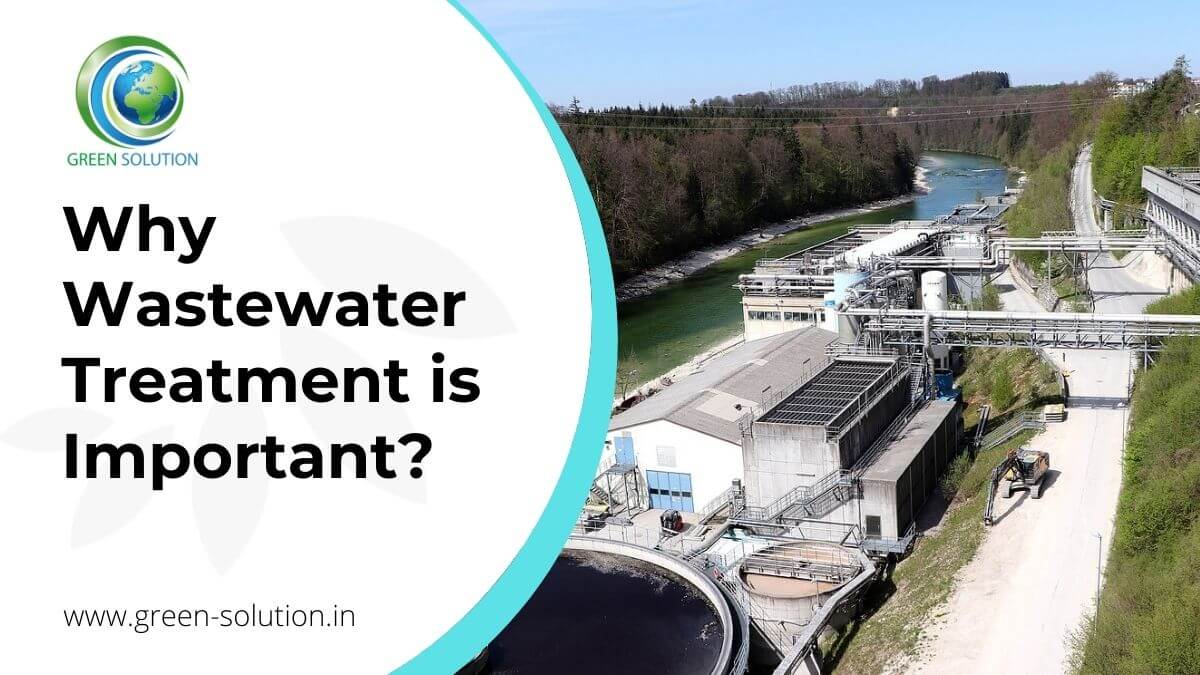More About Reclaim Waste
Table of ContentsAn Unbiased View of Reclaim WasteReclaim Waste Can Be Fun For AnyoneReclaim Waste Fundamentals ExplainedReclaim Waste for DummiesThe Best Guide To Reclaim Waste
Check out the types, events, and forms of liquid waste. Residential sewer waste describes the waste and products from a property septic container. This kind of waste is developed by humans in homes, schools, and various other structures. This only consists of sewage-disposal tanks that have a drain field. The proper monitoring and disposal of domestic sewage waste require liquid waste to be moved to a sewage treatment plant where the proper methods and tools are related to purify and dispose of waste.
Industrial waste usually includes potential risks, such as combustible products or a mix of fluid and solid waste products, and calls for an extra advanced and detailed disposal procedure. The disposal of business waste typically entails the filtering of waste prior to transportation to guarantee safe and proper disposal. Industrial waste is created from byproducts and runoff of industrial processes and production.
This kind of waste can not use the same sewage monitoring transport or processes as septic or commercial fluids. The commercial waste monitoring process calls for the examination and testing of fluid waste prior to it undertakes the disposal procedure (industrial wastewater treatment). Runoff waste is the liquid waste that comes from runoff and excess stormwater in extremely populated locations or cities
Drainage waste can cause contamination and flooding if not dealt with properly. Ensuring proper waste monitoring can avoid disasters and reduce ecological damage.
Getting The Reclaim Waste To Work
Get in touch with PROS Providers today to find out about our waste monitoring and disposal solutions and the proper means to care for the liquid waste you produce.
(https://www.pubpub.org/user/leon-aube)This supposed 'wastewater' is not only a vital resource but, after therapy, will certainly be launched to our land, rivers or the sea. Made use of water from bathrooms, showers, baths, kitchen sinks, washings and industrial procedures is known as wastewater.

water used to cool down machinery or tidy plant and tools). Stormwater, a kind of wastewater, is drainage that moves from agricultural and urban locations such as roofs, parks, gardens, roadways, paths and seamless gutters into stormwater drains pipes, after rainfall. Stormwater moves untreated directly to local creeks or rivers, at some point reaching the sea.
Top Guidelines Of Reclaim Waste
In Queensland, the majority of wastewater is treated at sewer therapy plants. Wastewater is transported from residential or commercial sites via a system of sewage systems and pump stations, recognized as sewerage reticulation, to a sewer therapy plant.
The Department of Natural Resources recommends city governments concerning handling, operating and preserving sewage systems and treatment plants. In unsewered locations, neighborhood governments may require owners to mount individual or household sewer therapy systems to deal with residential wastewater from toilets, kitchens, bathrooms and washings. The Division Get More Information of Natural Resources authorizes using home systems when they are verified to be efficient.
Most stormwater gets no therapy. In some brand-new communities, therapy of some stormwater to get rid of litter, sand and gravel has actually started using gross pollutant traps. Wastewater therapy occurs in four phases: Gets rid of strong issue. Bigger solids, such as plastics and various other objects incorrectly discharged to drains, are eliminated when wastewater is gone through displays.
Wastewater then moves right into large containers where solids work out and are eliminated as sludge. Grease and residue are skimmed from the surface area. Utilizes tiny living microorganisms called micro-organisms to damage down and eliminate staying liquified wastes and great particles. Micro-organisms and wastes are integrated in the sludge. Eliminates nitrogen and phosphorus nutrients that can create algal blossoms in our rivers and endanger aquatic life.
Top Guidelines Of Reclaim Waste
Nutrient removal is not readily available in any way sewer treatment plants because it needs expensive specialized tools. It is ending up being more common in Queensland. Clear liquid effluent created after treatment might still consist of disease-causing micro-organisms. If this effluent is released right into rivers such as rivers or the sea, the micro-organisms will eventually pass away out.

This normally implies wastewater has to be treated or contaminants eliminated before it can be discharged to rivers. A lot of wastewater flows into the sewerage system. Under the Act, regional federal governments carry out approvals and licences for eco relevant activities (Periods) entailing wastewater releases that could have a regional effect. The department provides authorizations and permits to ERAs entailing wastewater releases that might have a regional or statewide impact.
Get This Report on Reclaim Waste
Otherwise, examples are considered laboratory evaluation. Usually many tests are required to develop the degrees of each of the different toxins such as oils, hefty metals and pesticides in water. Surveillance offers factual info regarding water quality and can confirm that permit problems are being fulfilled. The info obtained with surveillance supplies the basis for making water quality decisions.